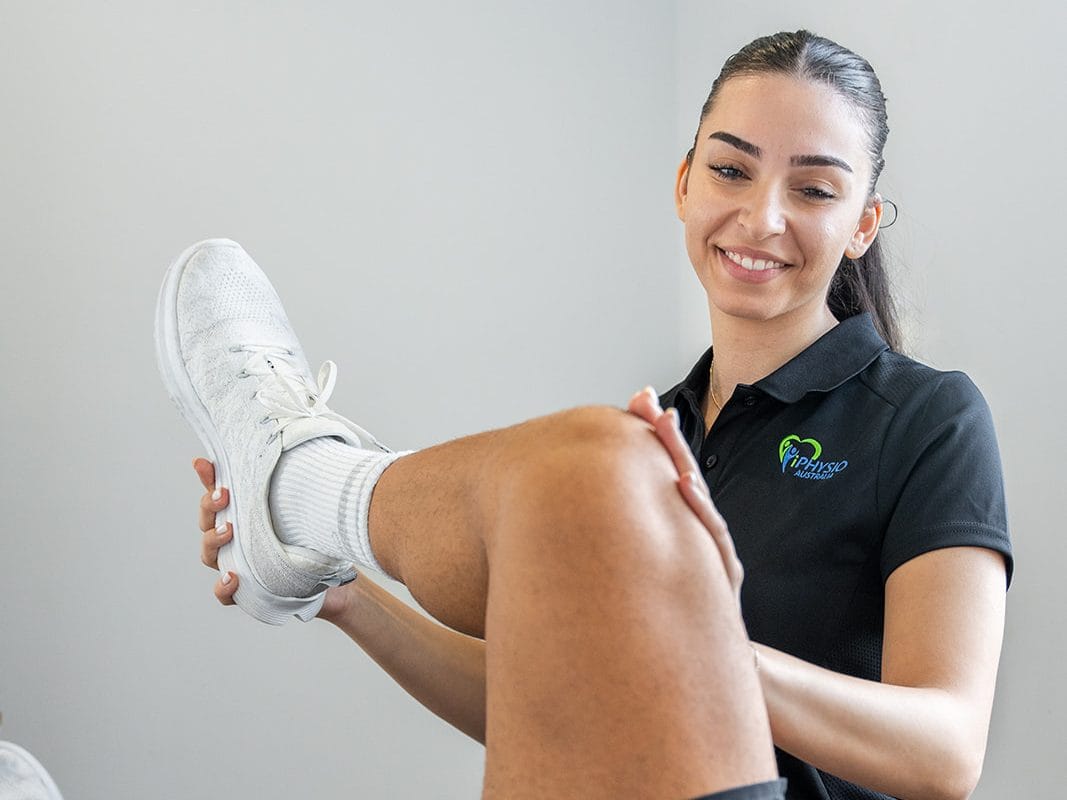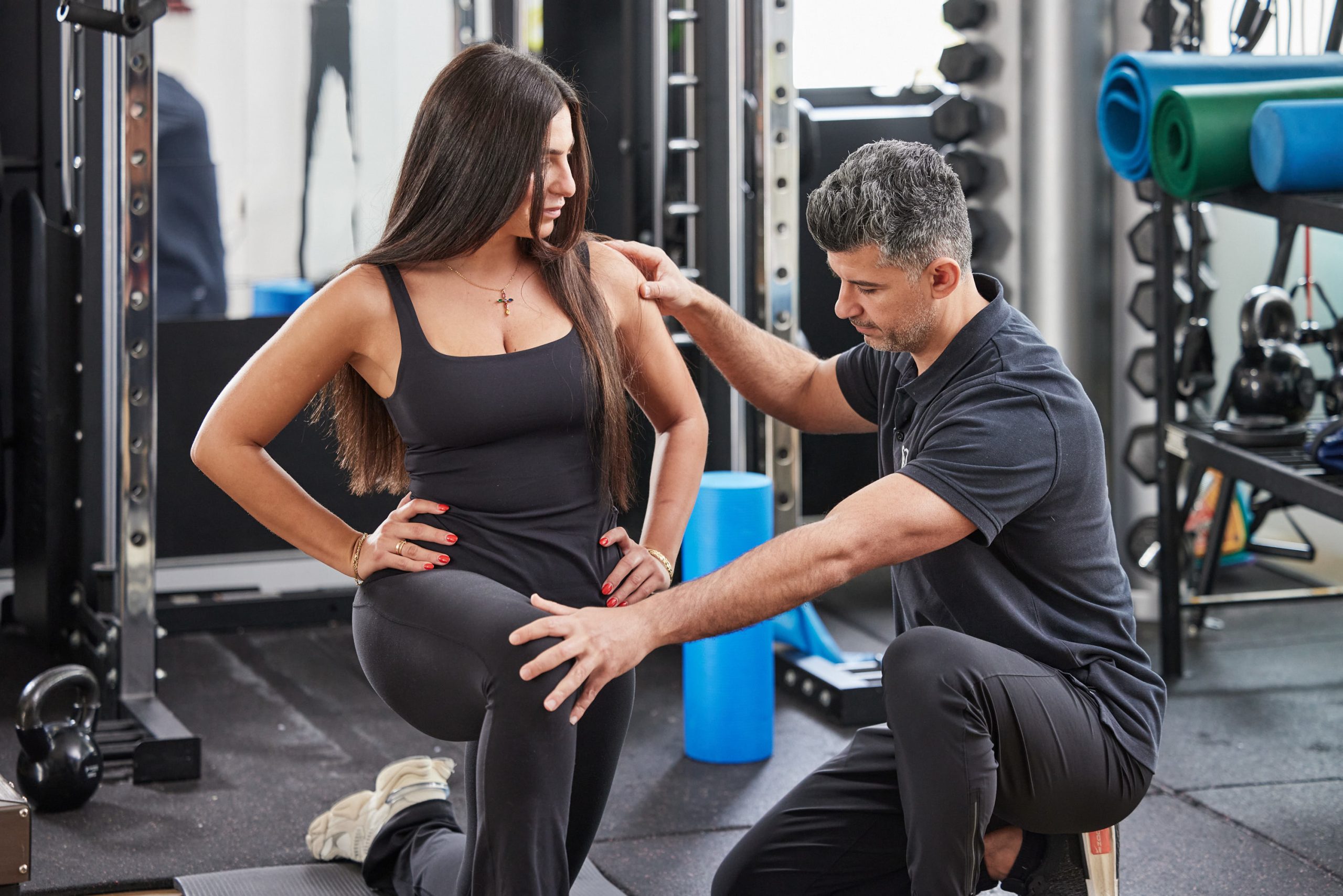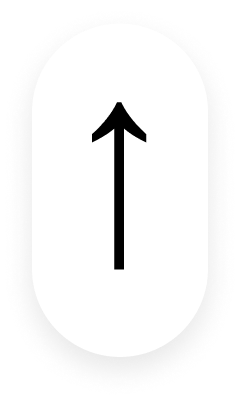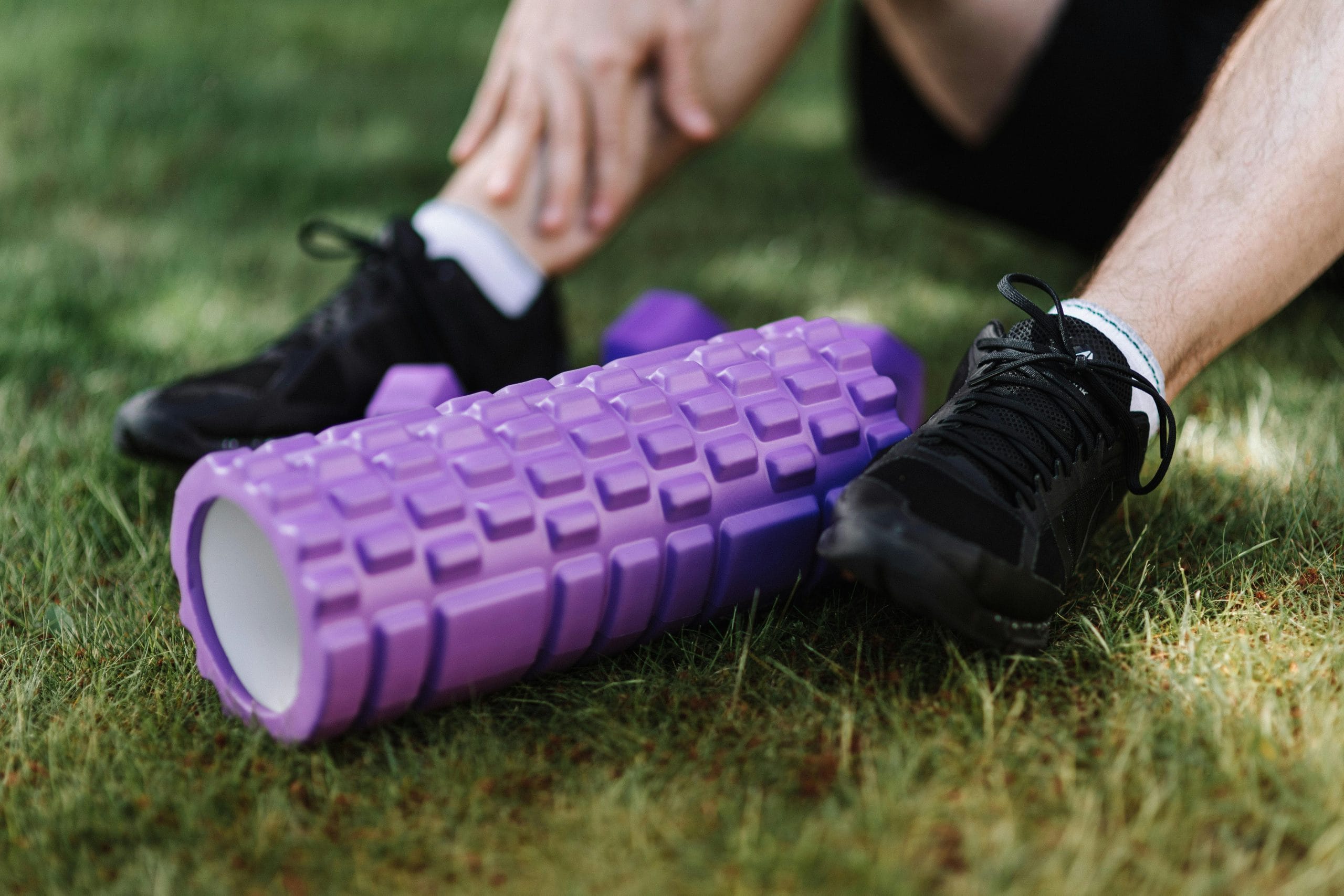
If you’ve ever spent time at the gym or watched an athlete’s warm-up routine, chances are you’ve seen someone rolling back and forth on a large cylindrical piece of foam. Foam rolling has surged in popularity over the past decade, and for good reason. But the big question remains: does it actually work?
Let’s take a closer look at what the research and clinical experience say about foam rolling and its benefits.
What Is Foam Rolling?
Foam rolling is a form of self-myofascial release (SMR), self-massage targeting the fascia, or connective tissue, that surrounds your muscles. By applying pressure to tight or sore areas, foam rolling aims to improve tissue mobility, reduce muscle soreness, and support recovery.
What Are the Benefits?
Here’s what the evidence and our practice suggest foam rolling can help with:
• Improved Range of Motion
One of the clearest benefits is increased flexibility. Foam rolling before or after a workout can improve joint mobility temporarily, especially when paired with dynamic stretching. This can be particularly useful for runners, lifters, or anyone engaging in repetitive movement.
• Reduced Muscle Soreness
Foam rolling post-exercise may help reduce Delayed Onset Muscle Soreness (DOMS), that ache you feel a day or two after a tough workout. While it won’t eliminate soreness completely, many people report feeling looser and more comfortable afterward.
• Better Circulation and Muscle Recovery
By applying pressure and movement to your muscles, foam rolling can stimulate blood flow. Better circulation means more oxygen and nutrients delivered to the tissue, a key part of recovery.
• Increased Body Awareness
Foam rolling helps you tune in to how your body feels. You might discover areas of tightness or discomfort you didn’t notice during the day, which gives you a chance to address potential issues before they lead to injury.
What Foam Rolling Won’t Do
It’s important to be realistic. Foam rolling won’t break up scar tissue, “release” fascia in the way manual therapy might, or fix underlying biomechanical issues. It’s not a magic cure, but it can be a helpful tool when used as part of a broader recovery and mobility strategy.
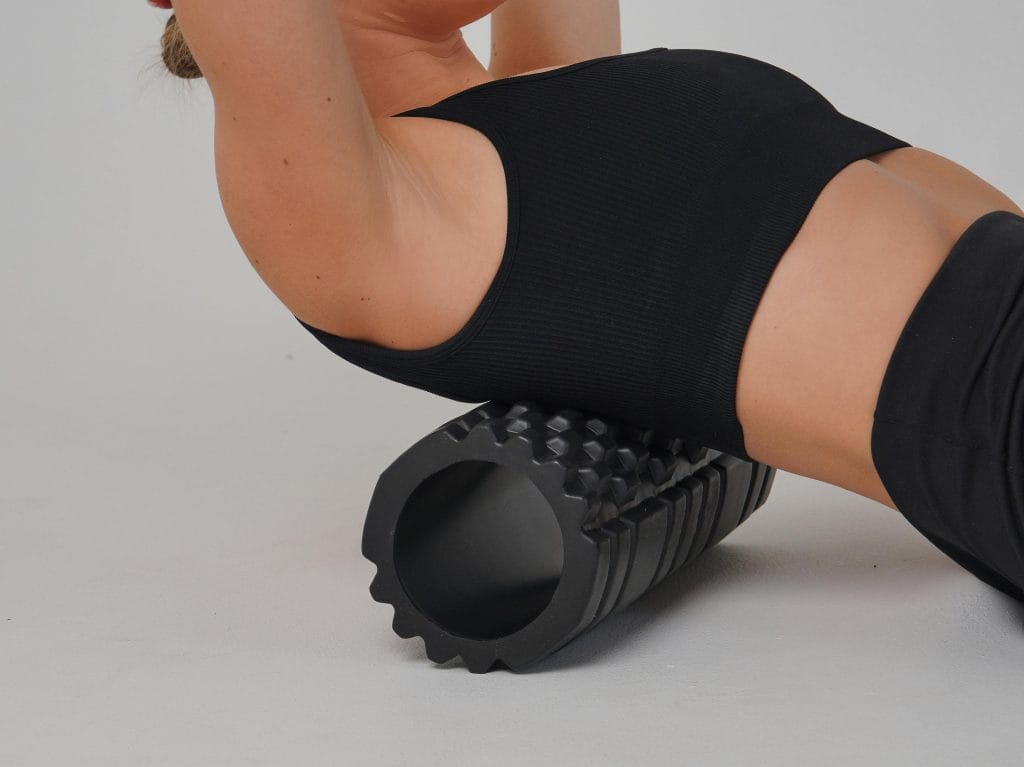
Tips for Effective Foam Rolling
• Go slow. Rolling quickly over the muscle isn’t as effective as spending time on tight or tender spots.
• Avoid direct pressure on joints or bones. Focus on soft tissue areas.
• Less is more. You don’t need to spend 20 minutes on each leg. 30-90 seconds per muscle group is usually enough.
• Breathe. Don’t hold your breath, staying relaxed helps your muscles respond better.
When to Use It
Foam rolling is most useful:
• Before a workout, to help prime your muscles
• After a session, to ease muscle tension and support recovery
• On rest days, as part of your self-care routine
Final Thoughts
So, does foam rolling work? Yes, when used wisely. It won’t replace good exercise habits, stretching, or physiotherapy when needed, but it’s a great addition to your recovery toolkit. If you’re not sure where to start or whether foam rolling is right for you, ask us at your next appointment. We’re here to help you move better and feel better, every day.
Related Posts
As a physiotherapist, I often see young people come into the clinic with knee pain that flares up during or after sport, especially those involved in running, jumping, or kicking. One of the most common diagnoses in active adolescents is Osgood-Schlatter Disease. It may sound a little intimidating, but the good news is, it’s manageable […]
Whether you’re training for your first 5K or you’re a seasoned marathoner, one truth holds firm: most runners will experience a running injuries at some point in their lives. It’s part of the territory when you’re pushing your body to perform, but with the right knowledge and training approach, you can reduce your risk and […]
As the chill of winter fades and the days grow longer, spring is the perfect time to shake off the winter blues and embrace the great outdoors. Outdoor exercise not only boosts your physical fitness but also enhances your mental well-being, giving you a fresh start with the new season. Whether you’re a seasoned athlete […]



